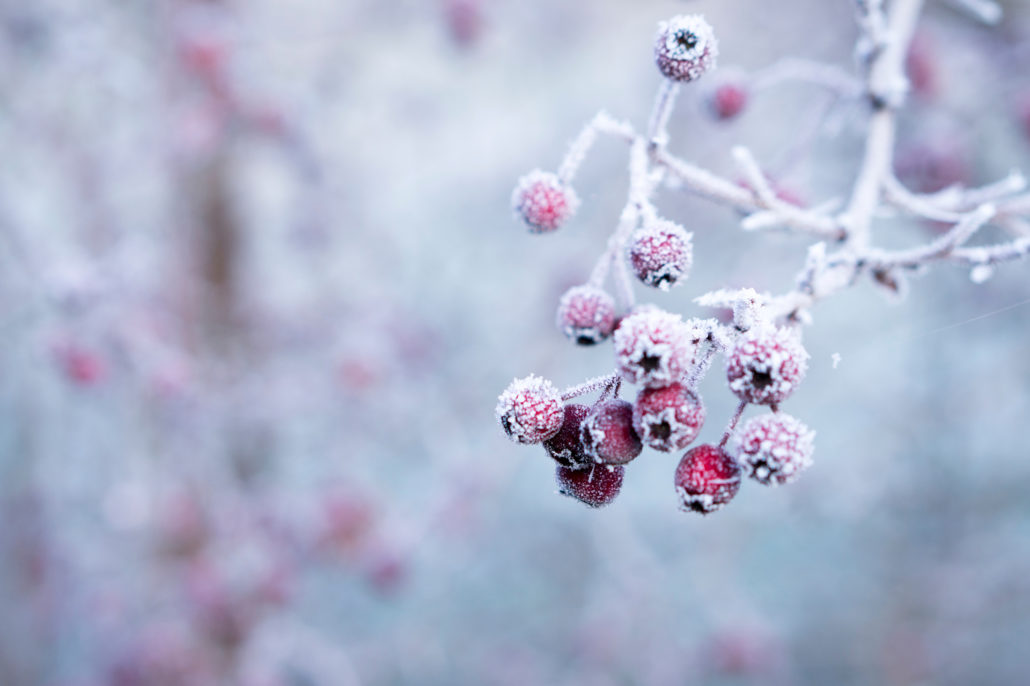Winter is Here – It’s Not Too Late to Winterize Your Home!
Prevent possible cold weather disasters – protect and properly winterize your home to stay warm, comfortable, and safe all season long.
Disaster often strikes at the most inopportune time (as if there’s ever a good time for a crisis?!) but winter is perhaps the worst time of year to encounter issues with your home. It’s also one of the most common.
Certainly, the best time to take winter precautions is before the weather gets cold, but for the procrastinators out there, we call on the old adage, “better late than never”.
So, before it gets too cold, be proactive and take care of things before a winter-related disaster strikes. Ensure you’ve taken the proper precautions to help your home be ready for the cold.
Here are 10 must-do essentials to properly winterize the home that will provide you not only with peace of mind but more comfort and energy savings, too boot, no matter how far the mercury drops.
- No matter your source of heat – furnace, wood stove, electric baseboard heaters, etc. – check them over to be sure they are in good operating condition. Have them maintained, inspected, and cleaned on a regular basis. You may have to clean, or even replace, furnace air filters more frequently through the cold winter months.
- Test your smoke detectors and carbon monoxide detectors frequently and keep them well maintained.
- Broken water pipes due to freezing is no fun! Keep water running through them. It’s not unusual to have several plumbing fixtures and taps in our home, even some that don’t get much use. Be sure to turn them on regularly and allow water to run through. Also, test the shut-off valves.
- The attic can be a place where frost accumulates. Inspect your attic for any air leaks and any accumulation of frost. Proper insulation will prevent cold air settling in. Boost your insulation power easily – lay batts of fibreglass insulation or mineral wool on top of what you already have there; tighly fit them side by side to help prevent any gaps for air.
- Check your roof and eavestrough for icicles and possible ice dams.
- Fill in the gaps! Small openings and cracks around your windows can let in a surprising amount of cold air. Caulk the exterior of your windows. It’s a fast and easy way to keep more warm air indoors.
- Prevent exposed pipes from freezing. Cover or wrap with insulation or insulating sleeves.
- Keep your sidewalk and steps clear of snow and ice.
- Don’t allow snow to collect and block gas meters and appliance vents, exhaust vents, or basement windows.
- Keep your outdoor electrical wires clear of nearby branches – trim your trees and shrubs.
An important note to anyone planning a winter vacation (even just a few days): leave your heat on and entrust a friend or neighbour to make regular checks of your home while you’re away.
Questions about how to best protect your home from seasonal disaster or damage? Talk to us!



